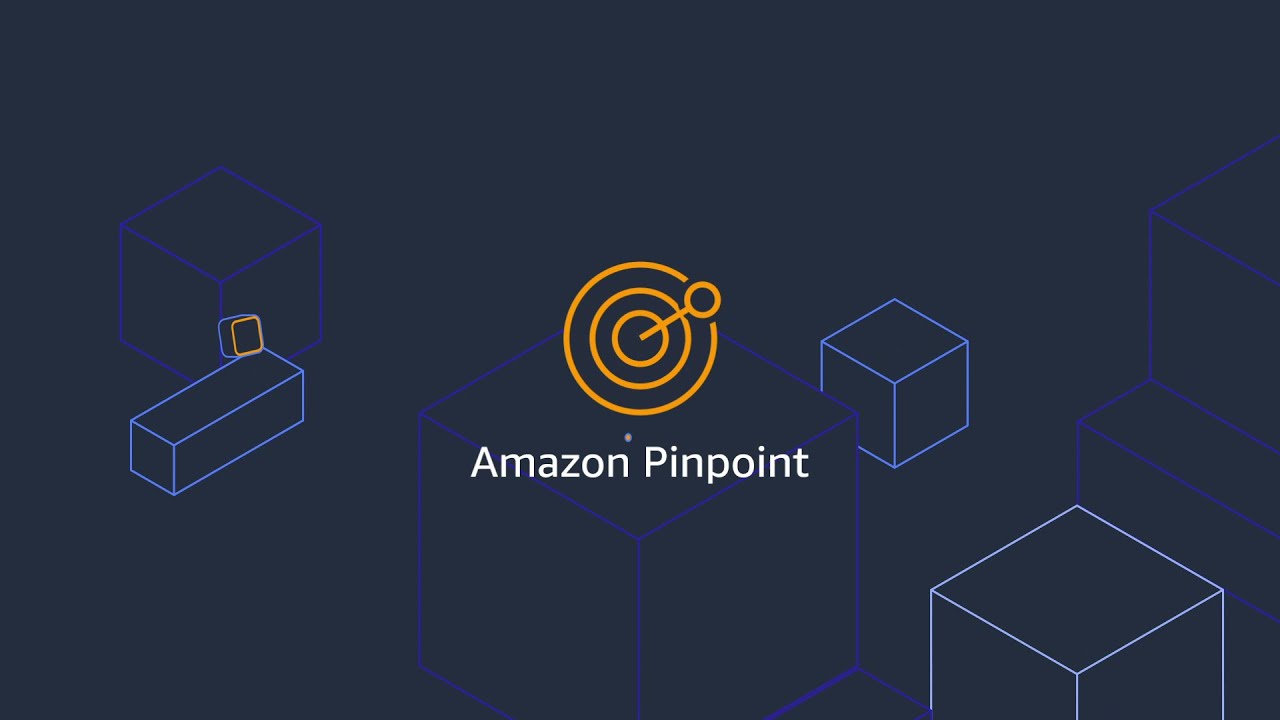Simplifying AWS Pinpoint Implementation: A Step-by-Step Guide
 Sumit Mondal
Sumit Mondal
Are you looking to enhance your customer engagement strategy with personalized communications? Amazon Web Services (AWS) Pinpoint might just be the solution you need. AWS Pinpoint is a versatile tool designed to help businesses create targeted campaigns, track user engagement, and improve overall customer experience. In this guide, we'll walk you through the process of implementing AWS Pinpoint in your AWS environment, making it easy to get started and unlock its full potential.
Step 1: Set Up Your AWS Account
Before diving into AWS Pinpoint, ensure you have an AWS account. If you don't have one already, sign up for AWS and create your account. Once you're logged in, navigate to the AWS Management Console.
Step 2: Navigate to AWS Pinpoint
In the AWS Management Console, search for "Pinpoint" in the services search bar, or you can find it under the "Mobile Services" category. Click on "Amazon Pinpoint" to access the Pinpoint dashboard.
Step 3: Create an Application
To start using AWS Pinpoint, you need to create an application. Click on the "Create application" button and give your application a name. You can also provide a description to help you identify it later. Once done, click on "Create application."
Step 4: Set Up Your Project
After creating your application, you'll be directed to the project setup screen. Here, you'll need to configure your project settings, including selecting the platforms you want to target (such as iOS, Android, or email). Follow the on-screen instructions to set up your project accordingly.
Step 5: Integrate AWS Pinpoint SDK
To start tracking user engagement and sending personalized messages, you need to integrate the AWS Pinpoint SDK into your application. AWS provides SDKs for various platforms, including iOS, Android, JavaScript, and more. Choose the appropriate SDK for your platform and follow the integration instructions provided in the AWS documentation.
Step 6: Collect User Data
Once the SDK is integrated, your application will start collecting user data automatically. This data includes user demographics, behavior, and interactions with your application.
Step 7: Create Segments
Segments allow you to group your users based on various attributes such as demographics, behavior, or location. Creating segments enables you to target specific groups with personalized messages and campaigns. Navigate to the Segments tab in the AWS Pinpoint dashboard and click on "Create a segment" to get started.
Step 8: Design Campaigns
With your segments defined, it's time to create campaigns to engage with your users. Whether it's sending targeted push notifications, emails, or SMS messages, AWS Pinpoint offers a range of campaign types to choose from. Follow the prompts in the dashboard to create your campaign, specifying the target segment, message content, and delivery schedule.
Step 9: Monitor and Analyze
Once your campaigns are live, monitor their performance using the analytics tools provided by AWS Pinpoint. Track metrics such as open rates, click-through rates, and conversion rates to gauge the effectiveness of your campaigns. Use this data to iterate and optimize your future campaigns for better results.
Step 10: Iterate and Optimize
Customer engagement is an ongoing process, so don't be afraid to experiment with different messaging strategies and campaign tactics. Continuously analyze your results, gather feedback, and refine your approach to ensure maximum impact and ROI.
By following these simple steps, you can seamlessly implement AWS Pinpoint in your AWS environment and unlock its full potential for improving customer engagement and driving business growth. With its powerful features and easy-to-use interface, AWS Pinpoint empowers businesses to deliver personalized experiences that resonate with their audience, ultimately leading to increased customer satisfaction and loyalty.
Subscribe to my newsletter
Read articles from Sumit Mondal directly inside your inbox. Subscribe to the newsletter, and don't miss out.
Written by

Sumit Mondal
Sumit Mondal
Hello Hashnode Community! I'm Sumit Mondal, your friendly neighborhood DevOps Engineer on a mission to elevate the world of software development and operations! Join me on Hashnode, and let's code, deploy, and innovate our way to success! Together, we'll shape the future of DevOps one commit at a time. #DevOps #Automation #ContinuousDelivery #HashnodeHero